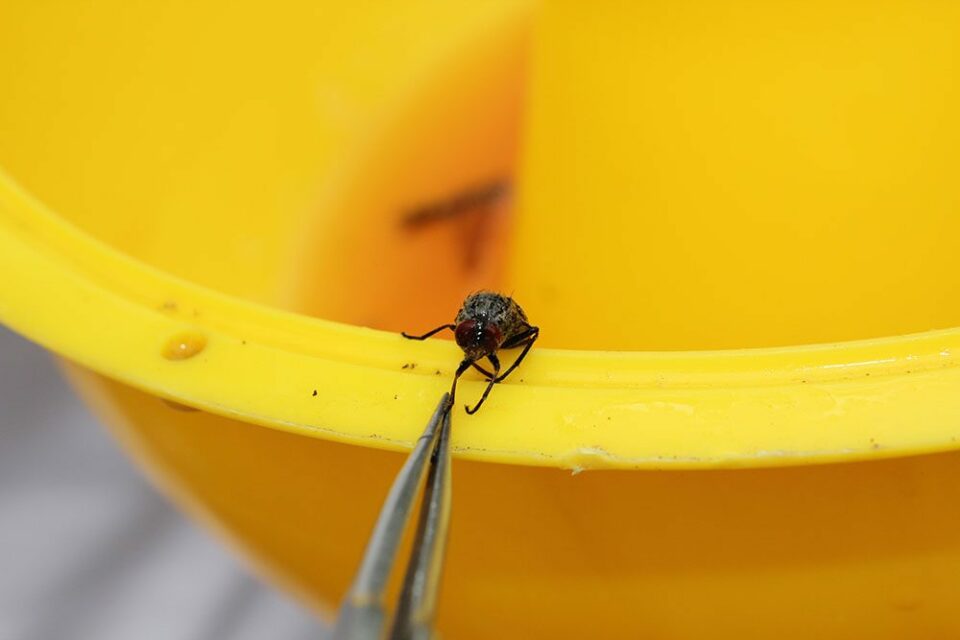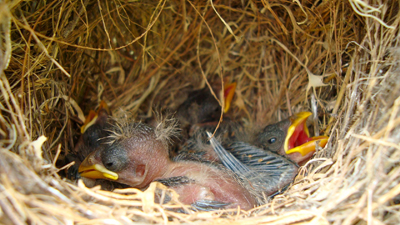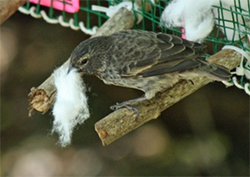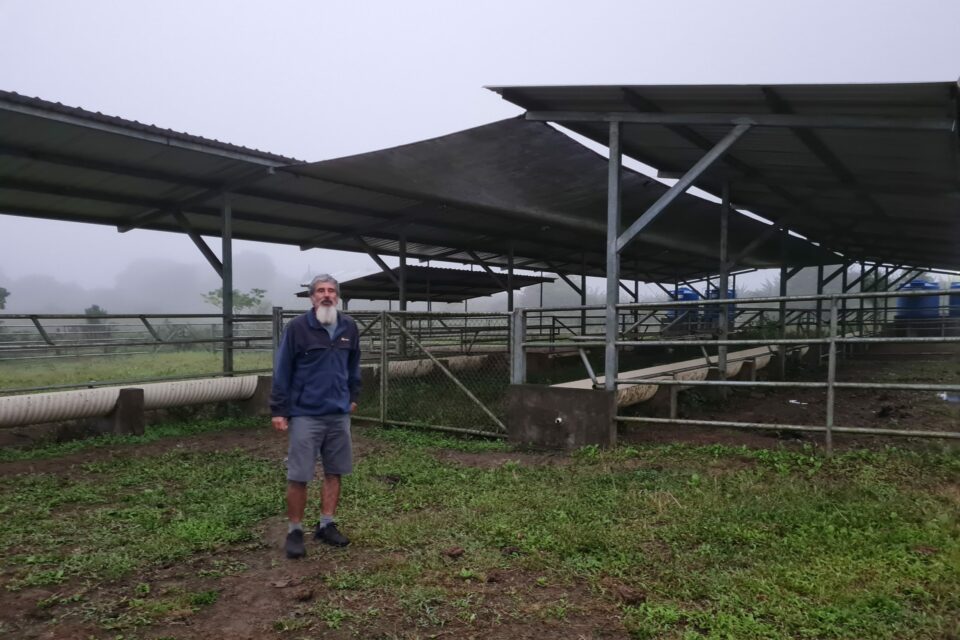

2015 Galapagos Symposium: Controlling Invasive Species
Invasive species are the single largest threat to Galapagos’ wildlife.
Introduced rats, parasitic flies and non-native plants are having devastating effects on the natural habitats of the Islands. Through the Galapagos Future Fund we’re supporting efforts to control these alien species and reduce the damage they cause.
Controlling Invasive Species
At last month’s 2015 Galapagos Symposium held in San Francisco, Sarah Knutie, from the University of Utah, discussed the control of invasive species, in particular the effects of the introduced parasite, Philornis downsi on mortality levels in Darwin’s finches:
Introduced parasites are a threat to biodiversity when the host species lack effective defences against such parasites. Several parasites have recently colonized the Galapagos Islands, threatening native bird populations. An example is the introduced parasitic nest fly Philornis downsi, which in its larval stage, is an ectoparasite of young finches. As a result of this parasitism, the invasive fly has contributed to the decline of endangered species of Darwin’s finches.

Using an experimental manipulation, Sarah Knutie and her team have demonstrated that Philornis downsi has a significant effect on Darwin’s finches over multiple breeding seasons. Most interestingly, they have also presented evidence that Darwin’s finches can be encouraged to “self-fumigate” nests against the fly with cotton fibres that have been treated with a mild insecticide.
Their research found that nests with treated cotton had significantly fewer larvae than control nests, and nests containing at least one gram of treated cotton were virtually parasite free. In turn, the decrease in parasite abundance saw a significant increase in the survival of nestlings.

The findings of this research demonstrate that self-fumigation can be used to mitigate the effect of nest flies on Darwin’s finches, providing a possible lifeline for these endangered bird species.
Without scientific research to guide our conservation efforts, attempts to protect the amazing wildlife of Galapagos could fail and result in species becoming extinct. With your support, we can continue to fund projects researching methods for the control of invasive species. Please make a donation to the Galapagos Future Fund and in turn make a difference to the future of the Galapagos.
Related articles


Restoring Floreana: A local perspective

Restoring Floreana: Pre-eradication invertebrate surveys

